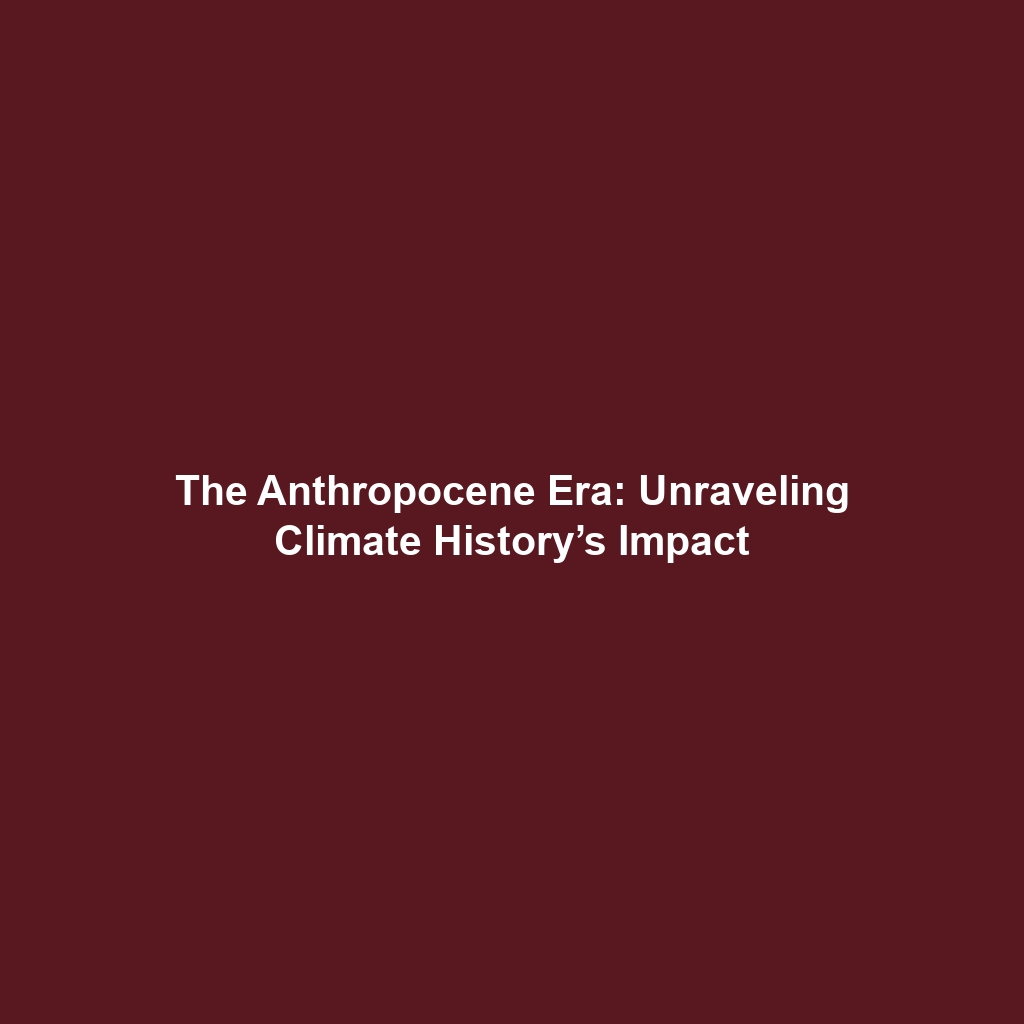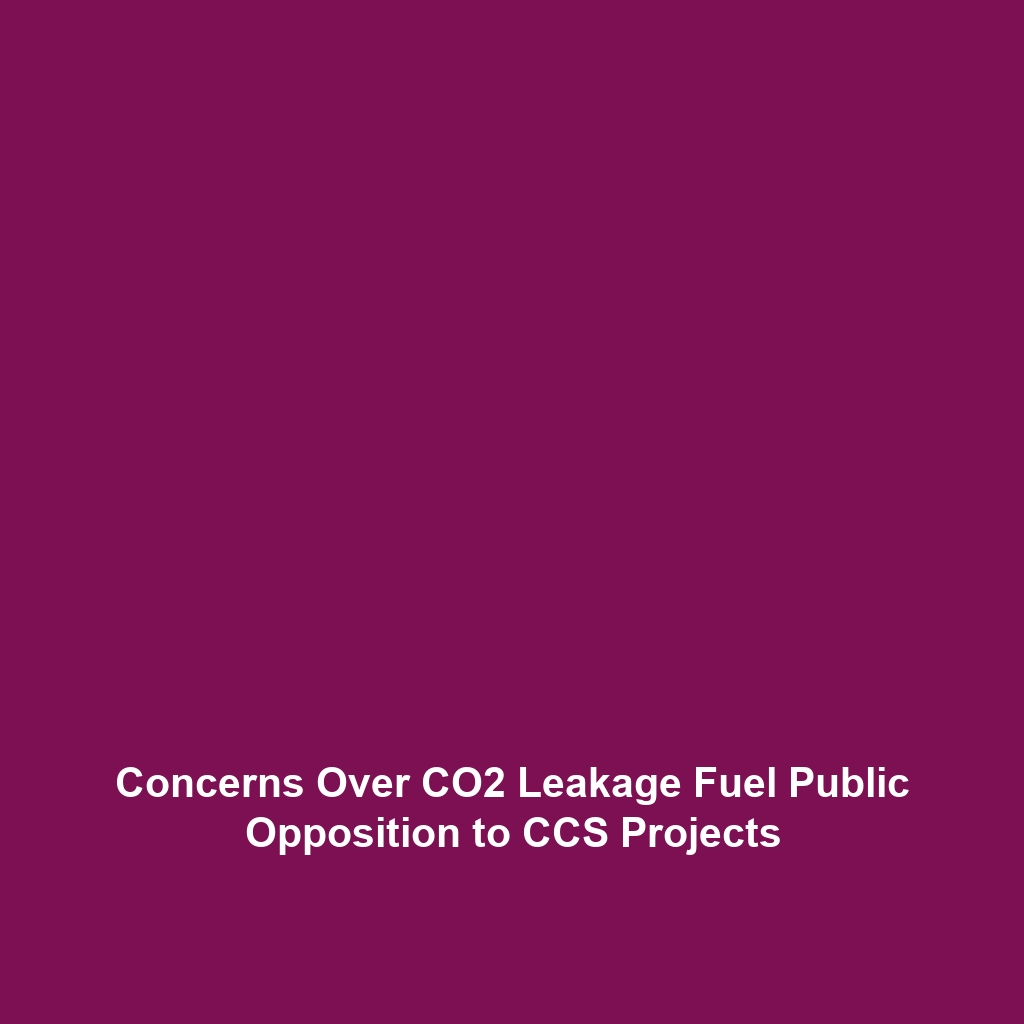The Anthropocene Era and Its Relevance in Climate History
The Anthropocene Era marks a critical juncture in Climate History, characterized by significant human impact on the Earth’s geology and ecosystems. This epoch’s significance extends beyond mere environmental changes; it alters how we comprehend our role within the planet’s complex climate systems. By examining the Anthropocene, we can better grasp the interconnectedness of human activities and climate dynamics, an understanding that is increasingly important in today’s climate discourse.
Key Concepts of The Anthropocene Era
The Anthropocene Era is associated with several major principles that redefine human interactions with the environment. Key concepts include:
- Human Influence: The profound alterations humans have made to natural systems.
- Geological Impact: Changes in sedimentary deposits and atmospheric compositions due to industrialization.
- Climate Change: The direct relationship between anthropogenic activities and global climate shifts.
Understanding these concepts allows us to position the Anthropocene within the framework of Climate History, illustrating how human actions have led to unprecedented challenges for climate stability.
Applications and Real-World Uses
The implications of the Anthropocene Era are not just theoretical; they have practical applications across various fields:
- Environmental Policy Development: How the Anthropocene Era influences legislation aimed at reducing carbon footprints.
- Urban Planning: Applications of Anthropocene principles in designing sustainable cities that mitigate climate impacts.
- Education: Incorporating Anthropocene-related topics into climate education to foster environmental stewardship.
These applications underscore the urgency of integrating the lessons from the Anthropocene into Climate History to foster sustainable practices.
Current Challenges in Studying The Anthropocene Era
Despite the significance of the Anthropocene Era, several challenges impede a comprehensive understanding:
- Data Limitations: Challenges of acquiring adequate longitudinal data to confirm the extent of human impact.
- Interdisciplinary Barriers: Issues in collaboration between diverse scientific fields that study climate history.
- Public Awareness: The difficulty in communicating the complexities of the Anthropocene to the general public.
Addressing these challenges is crucial for enhancing our understanding of the Anthropocene in the context of climate history.
Future Research and Innovations
The direction of future research concerning the Anthropocene Era suggests significant potential for breakthroughs in understanding climate dynamics. Areas to watch include:
- Next-Gen Climate Models: Innovations in predictive models that account for human influence.
- Geospatial Technologies: Advancements in satellite technology that enhance our ability to monitor environmental changes.
- Bioengineering Solutions: Research into biotechnological innovations that could mitigate adverse climate impacts.
Such innovations promise to redefine our approach to societal and environmental challenges posed by the Anthropocene.
Conclusion
In conclusion, The Anthropocene Era is a pivotal concept in Climate History, illuminating the profound ramifications of human activity on Earth’s ecosystems. Engaging with its principles allows for informed strategies that can address current climate-related issues. As we progress, it is imperative to maintain a multidisciplinary approach and foster public dialogue around the Anthropocene. For further reading on related topics, explore our articles on climate policy and sustainable practices.
This article is structured to be both informative and optimized for search engines with relevant keywords, while adhering to clear subtitle formatting and providing a cohesive narrative about the Anthropocene Era in relation to Climate History.


